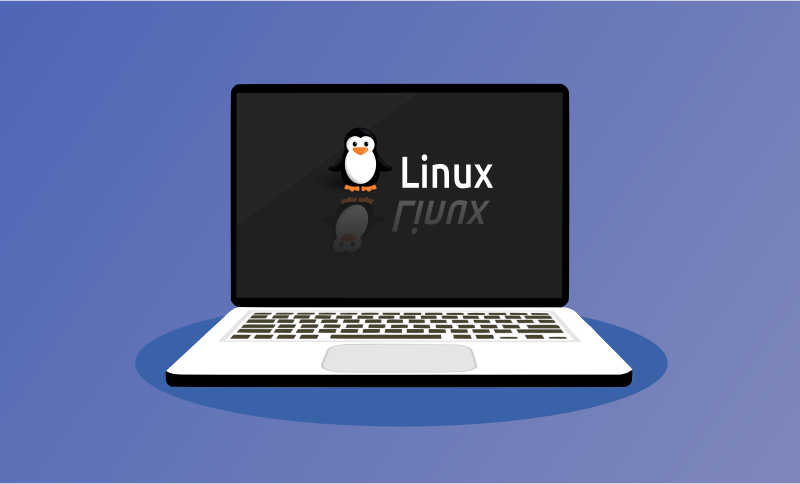Introduction to Linux
Linux is an open-source operating system that has gained popularity due to its flexibility, security, and stability. Originally developed by Linus Torvalds in 1991, Linux has evolved into a robust platform used by millions of users worldwide. In this guide, we will explore the features of Linux, walk you through the installation process, and introduce you to some basic commands.
Features of Linux
Linux offers several unique features that make it stand out from other operating systems. Its customization options allow users to tailor their experience to their specific needs. Being open-source, Linux provides access to the source code, enabling users to modify and improve the system. Moreover, Linux is known for its robust security features, which make it less prone to malware attacks. Lastly, the command-line interface provides powerful control and efficiency for advanced users.
Linux Installation Process
To get started with Linux, you’ll need to follow a few simple steps for installation:
- Preparing for installation: Ensure your computer meets the system requirements and back up any important data.
- Choosing a Linux distribution: Select a distribution that suits your needs, such as Ubuntu, Fedora, or Debian.
- Creating a bootable USB drive: Download the Linux ISO file and create a bootable USB drive using software like Rufus or BalenaEtcher.
- Installing Linux on your computer: Boot from the USB drive, follow the on-screen instructions, and configure your system preferences.
Basic Linux Commands
Once you have Linux up and running, it’s essential to familiarize yourself with some basic commands:
- Navigating the file system: Use commands like
cd,ls, andpwdto navigate and explore directories and files. - Working with files and directories: Learn commands like
mkdir,touch,cp,mv, andrmto create, copy, move, and delete files and directories. - Managing users and permissions: Understand commands like
useradd,passwd,chown, andchmodto create users, set passwords, and manage file permissions. - Installing software packages: Utilize package managers like
apt,yum, ordnfto install and update software packages. - Networking basics: Learn commands like
ping,ifconfig,ip, andsshto test network connectivity, configure network interfaces, and remotely access other machines.
Conclusion
Linux is a powerful operating system that offers endless possibilities for customization and control. By understanding its features, installation process, and basic commands, you can harness the full potential of Linux and enhance your computing experience. Whether you’re a beginner or an advanced user, Linux provides a reliable and versatile platform for all your computing needs.
